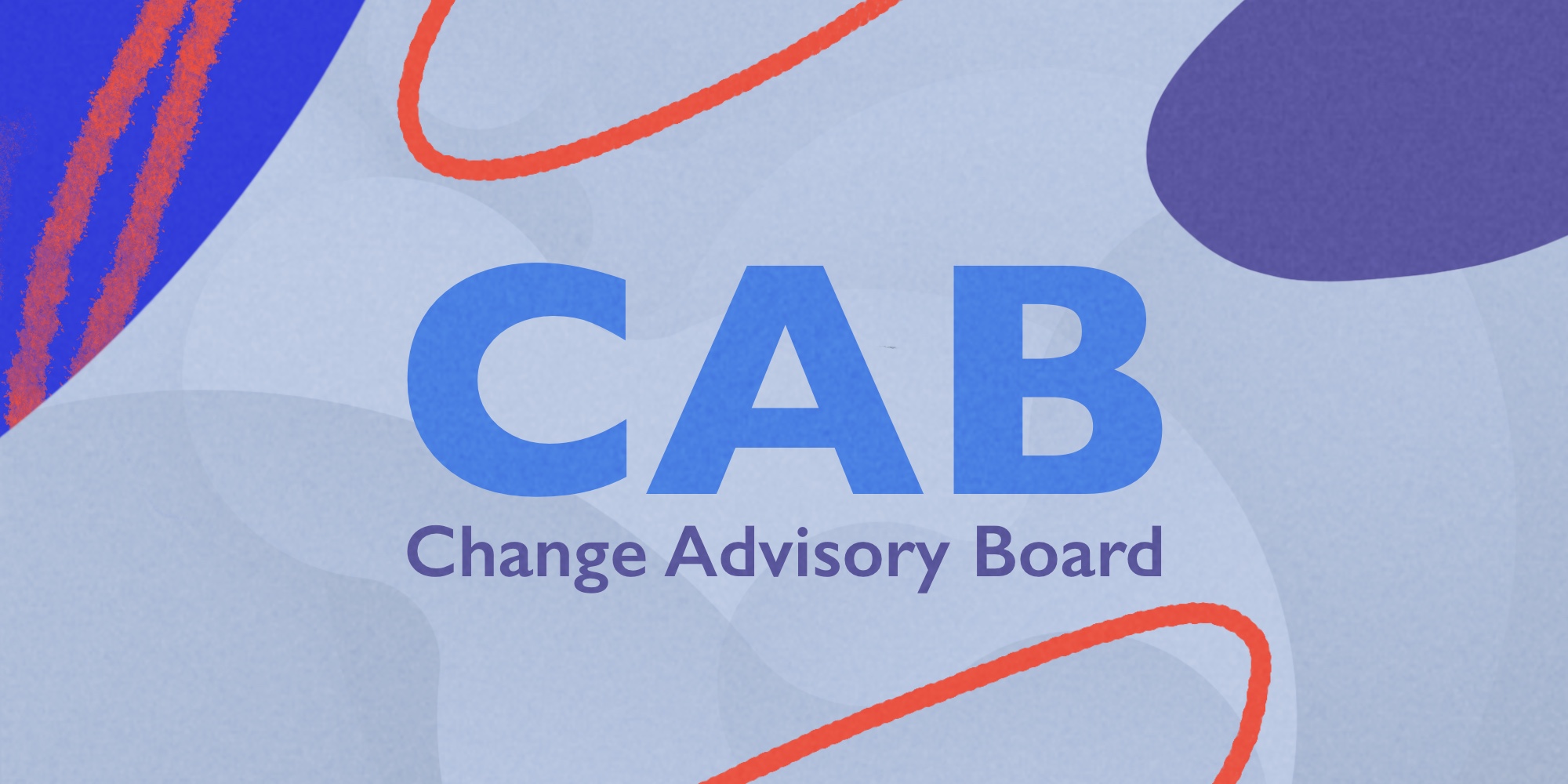

In today's fast-paced business environment, managing change effectively is crucial for organizations aiming to thrive. This is where the Change Advisory Board (CAB) comes into play, acting as the guiding force in the change management process. Imagine a team of experts who assess, evaluate, and approve changes, ensuring that everything runs smoothly while minimizing disruptions. Sounds like a superhero squad, right?
Well, that’s precisely what a CAB is! In this article, we’ll explore the ins and outs of the Change Advisory Board, its importance, roles, best practices, and how to run effective CAB meetings in 2024.
So, let's dive into the world of Change Management!
InvGate Service Desk ITSM software 4.6 GartnerA Change Advisory Board (CAB) is a formal group within an organization that plays a pivotal role in the change management process. Its primary function is to evaluate proposed changes to the IT infrastructure, systems, or business processes, ensuring that these changes are implemented in a controlled and systematic manner.
Typically composed of key stakeholders, subject matter experts, and representatives from various departments, the CAB collaborates to review change requests. They assess the potential impact of these changes on the organization and make informed decisions regarding their approval, prioritization, or rejection.
The CAB acts as a gatekeeper, ensuring that changes align with the organization’s goals while minimizing risks associated with service disruptions. By providing a structured framework for evaluating changes, the CAB enhances the organization’s ability to adapt and evolve in response to dynamic business needs.


The importance of a Change Advisory Board cannot be overstated. It serves as a linchpin in the Change Management process, providing several key benefits that contribute to organizational success.
The CAB plays a critical role in assessing the risks associated with proposed changes. By systematically evaluating these risks, the CAB helps prevent potential disruptions to business operations. This proactive approach ensures that changes are introduced in a controlled manner, minimizing the likelihood of negative impacts on service delivery.
A CAB brings together a diverse group of stakeholders, including IT professionals, business leaders, and subject matter experts. This collaborative environment allows for a thorough examination of changes from multiple perspectives, incorporating valuable insights that enhance the decision-making process.
Establishing a standardized decision-making process is essential for ensuring that changes align with organizational objectives. The CAB provides a framework for evaluating change requests consistently, which is crucial for maintaining stability and reliability in the organization’s operations.
Change Advisory Boards (CABs) can take various forms depending on the organization's size, structure, and needs. Here are a few common types:

The effectiveness of a Change Advisory Board largely depends on its composition. Here are some key roles typically represented:
Each of these members plays a crucial role in assessing and approving changes, ensuring that the organization's IT environment remains stable and secure while supporting business needs.
To maximize the effectiveness of a Change Advisory Board , organizations should adopt best practices that enhance collaboration, communication, and decision-making.
Establishing clear roles and responsibilities for CAB members is essential. This clarity ensures that everyone understands their contributions to the change management process and fosters accountability.
Choosing the right individuals to serve on the CAB is crucial. Members should possess diverse expertise and insights relevant to the organization’s operations. This diversity enhances the CAB’s ability to evaluate changes comprehensively.
Efficiently managing CAB meetings is vital for productivity. Preparing a structured agenda, setting clear objectives, and ensuring that meetings are focused and time-bound can significantly improve the effectiveness of discussions.
Regularly reviewing and refining CAB processes is essential for adapting to new challenges and changes in organizational strategy. Continuous improvement helps the CAB remain agile and responsive to emerging needs.
Leveraging technology can enhance the CAB's efficiency. Utilizing change management tools and collaboration platforms streamlines documentation, communication, and follow-up tasks, especially in hybrid or remote settings.

Running an effective CAB meeting requires careful planning and execution. Here are some steps to ensure successful CAB meetings in 2024:
A well-defined agenda is the backbone of an effective CAB meeting. It should outline the topics to be discussed, including:
Encouraging open communication among CAB members is critical. This environment allows for diverse perspectives to be shared, leading to more informed decision-making. Consider using collaborative tools that facilitate real-time communication and document sharing.
Accurate documentation of meeting outcomes is essential for accountability. Ensure that decisions made during the meeting are recorded and communicated to relevant stakeholders promptly. This transparency helps maintain trust and clarity in the change management process.
After the meeting, it’s crucial to follow up on action items assigned to CAB members. Regular check-ins can help ensure that tasks are completed and that the change management process remains on track.
The Change Advisory Board is a vital component of effective change management within organizations. By assessing proposed changes, mitigating risks, and fostering collaboration among stakeholders, the CAB plays a crucial role in ensuring that changes are implemented smoothly and with minimal disruption.
By adopting best practices and leveraging technology, organizations can enhance the effectiveness of their CABs, ultimately leading to more successful change initiatives. As we move into 2024, it’s essential for organizations to refine their CAB processes, ensuring that they remain agile and responsive to the ever-evolving business landscape.
The primary role of a Change Advisory Board (CAB) is to assess, evaluate, and approve proposed changes to an organization’s IT infrastructure, systems, or business processes, ensuring that changes are implemented in a controlled manner.
A CAB mitigates risks by systematically evaluating proposed changes, identifying potential issues, and ensuring that appropriate measures are in place to minimize disruptions to business operations.
CAB members typically include key stakeholders, subject matter experts, and representatives from various departments within the organization, ensuring a diverse range of perspectives in the decision-making process.
Best practices for effective CAB meetings include preparing a structured agenda, fostering open communication, documenting meeting outcomes, and following up on action items assigned to CAB members.
Read other articles like this : Change Management, CAB